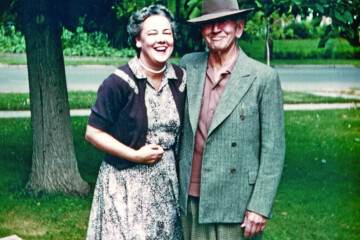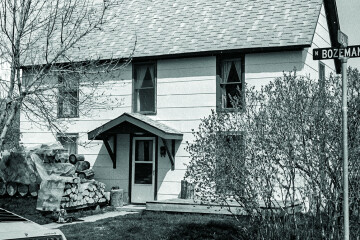The Stories Buildings Tell: The Tilton
A building holds many stories. Whether it’s a residence or a commercial building, people live their lives inside these places, giving life to the structure. That is certainly the case for the Tilton Building, a monumental commercial building that once graced the northeast corner of East Main and Rouse Avenue. This building stood for a short seventy-four years, and in that time it saw many people pass through its doors.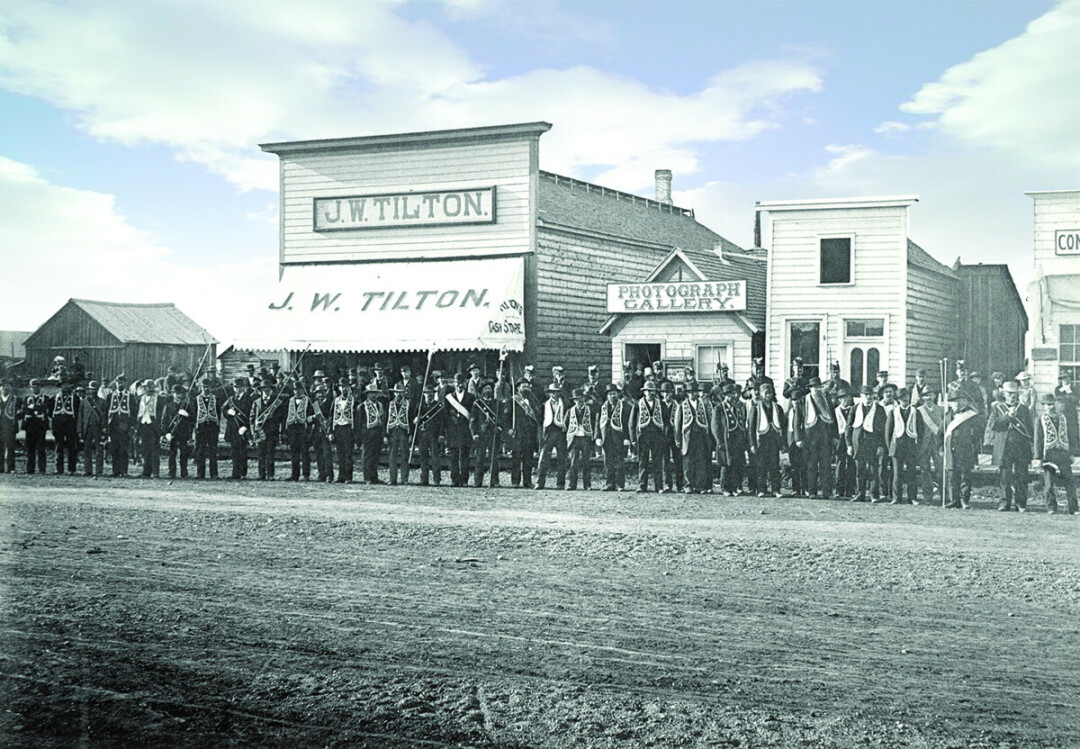
John Tilton came to Bozeman, Montana Territory, in 1881 with his wife, Mary. They purchased a lot on East Main Street, and Tilton built a two-story, false-front wood-frame building, where he opened a mercantile business. Historic photographs show this building with a large sign on the awning and false front of the building that says, ‘J. W. Tilton.’ John and Mary lived in a residence at the rear of this building. He operated out of this location for about four years, but he had grander ideas in mind.
In 1886, Tilton laid the foundation for his new Tilton Building, on the corner of Rouse Avenue and Main Street, in what was becoming the bustling commercial center of Bozeman. In March of 1887, forty-three thousand pounds of iron were ordered for the construction of the building, and in August that year, W. S. Brandenburg secured the contract for the woodwork in the building. In August of 1888, the building was almost complete, with all but the inside shelving in place. The building finally opened in 1889, the final cost of construction being $30,000. The magnificent store was furnished inside with rich hardwoods. Columns at the main entrance were made of Massachusetts polished granite. It was topped with a distinctive, Moorish-style dome. The new building housed Tilton’s general merchandise, grocery and hardware store.
The Tilton building was the first of three significant buildings to be built on this corner. A year later, in September 1890, the City Hall and Opera House opened on the southwest corner of Main and Rouse. And a year after that, during the cold March of 1891, the Bozeman Hotel opened its doors for business on the northwest corner. These three buildings made up the economic hub of Bozeman for many years, and must have been quite an impressive sight to people entering Bozeman from the east.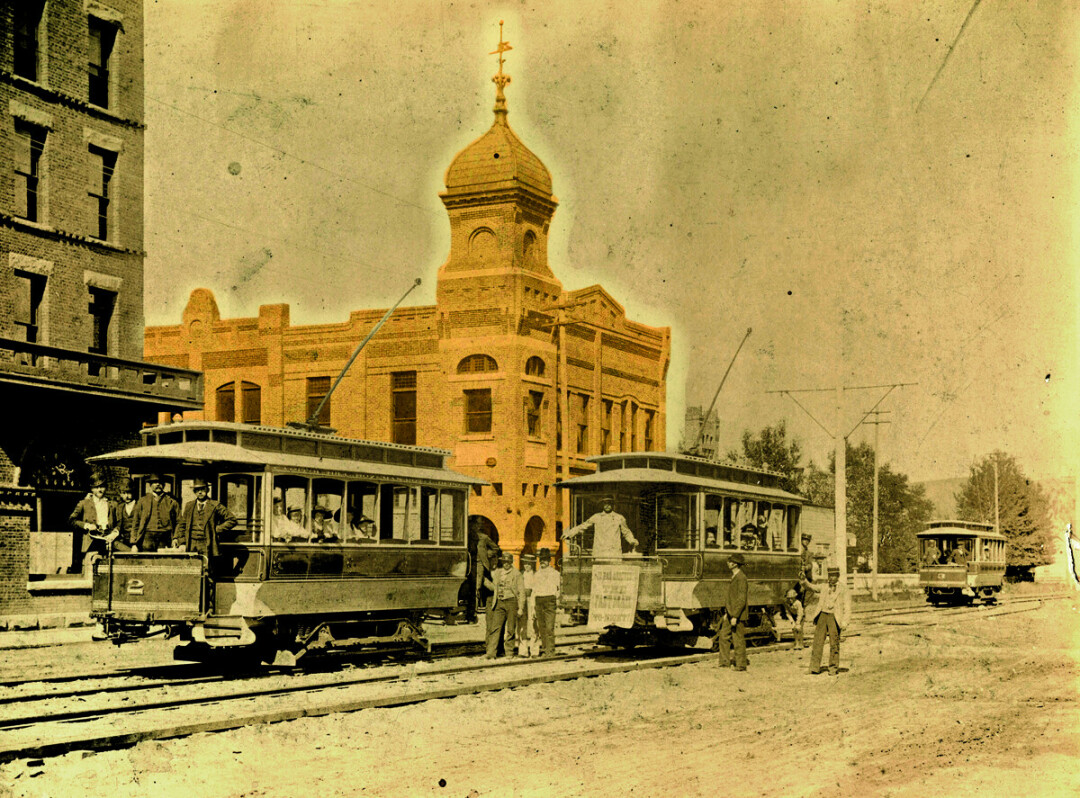
John Tilton was born in Ashland County, Ohio in 1843. At 21 years old, he decided to come west. Tilton came to Montana Territory via the Missouri River, arriving in Fort Benton on the steamship Welcome in 1864. With fifteen cents to his name, he immediately went to Alder Gulch and began mining, which he did for two years with minimal returns. He then turned to agriculture for a time before settling in Helena, where he met Mary Thompson. The two were married on January 29, 1878 in Helena. Mary was born in Norway on January 16, 1846 and had immigrated to America in 1864 when she was 18 years old. The couple lived in Helena until they moved to Bozeman in 1881.
After the completion of the Tilton building, John had a one-story brick residence built next door, almost adjoining his commercial building, where he and Mary lived. The design of their residence was a cross between Masonry Queen Anne and Romanesque. It was often referred to as a very elegant residence, with a very elaborate façade. The Tiltons did well with their mercantile and grocery business, and John was one of Bozeman’s leading merchants. This is evidenced by their ability to retain a “servant,” Ellen Peterson, who served as their housekeeper. Peterson had immigrated from Sweden in 1880.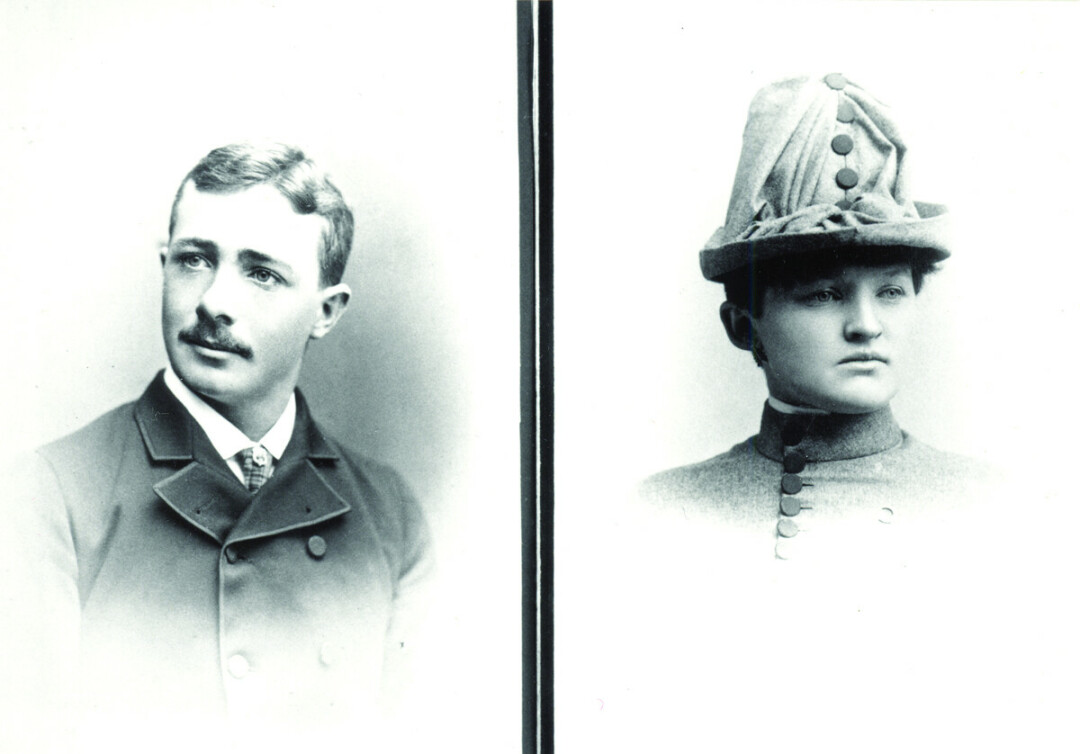
John Tilton died suddenly of heart failure in 1904, at the age of 63. His will stated that his widow Mary would receive the rents and profits from the property belonging to the estate. Upon her death, he requested that the property go to the City of Bozeman, and that, “The Bozeman City Council shall appoint a committee of three persons to rent to the best advantage for a period of one year, or term of years, said property; the rental and income arising from said property shall be expended each year or alternate years, as the people may desire, in helping defray the expenses of celebrating the Fourth of July in a public manner for the purpose of keeping before the public mind the National day, and for the pleasure of the people of Bozeman and Gallatin County. Above contract not to exceed a term of ninety-nine years.” This did not play out as John Tilton intended. The executor of Tilton’s estate, John Peets, sold the property to Robert F. Bohart on December 19, 1908. Mary died in January of 1915. The couple are buried together under a monumental stone in Bozeman’s Sunset Hills Cemetery.
After the Tiltons’ ownership, the building was used for various purposes, including a dance hall on the second floor and an auto repair and garage on the main floor. In the 1920s, the building hosted the Rose Garden Dance Hall and the Rose Garden Orchestra, an eight-piece band that played waltzes and special arrangements of dance music. There were many who witnessed prize fights there as well. In later years, the second floor was used as a roller-skating rink.
As Bozeman grew west, the east end of town, once the economic center, became less prominent, and the buildings, including the Tilton, began to show their age. The dome that graced the Tilton building was removed, as were many of the domes and decorative embellishments on downtown buildings, due to a fear of collapse during earthquakes. As the 1960s dawned, the east end of Bozeman became the focus of a revitalization of sorts, and many of Bozeman’s original buildings that were in disrepair and disuse were torn down, including the Tilton building in September of 1963, and the City Hall and Opera House in 1966. The corner of Main and Rouse, once such an impressive entrance to Bozeman, lost two of its cornerstone buildings. The Bozeman Hotel remained as the last remnant of a time in Bozeman’s history that reflected growth, prosperity, and hope for the future of Bozeman as a leading economic force in the state of Montana. John and Mary Tilton helped us realize the Bozeman of today with their vision, incentive, and desire to build a monumental building that influenced the early landscape of Bozeman’s downtown.
The Tilton, and stories of dancing, skating, music, work, business and more, still endure within people’s memories today, even though the building is gone. The next time you drive through the intersection of Main and Rouse, take a minute to imagine that you are surrounded by the Tilton Building, the City Hall and Opera House, and the Bozeman Hotel, and think of the stories those buildings generated, and the stories the buildings you live in today generate.

